As indoor gardening gains popularity, the use of LED grow lights has become a common practice to provide artificial light for plants. However, one crucial factor that growers must consider is the distance between the LED grow lights and the plants. The right distance plays a critical role in optimizing plant growth and ensuring healthy development. Too close or too far can both have negative effects on plant growth and finding the right balance is key. In this article, we will delve into the full spectrum led grow light distance chart and explore how far you should place your LED grow lights from plants. Considering factors such as light intensity, plant stage, and the type of plant, there is an optimal distance between LED grow lights and plants
Table of Contents
Why Is The Distance Between Grow Lights And Plants Important?
The distance between grow lights and plants is a critical factor in indoor gardens and horticulture. It plays a crucial role in ensuring optimal plant growth and development. One of the primary reasons why the distance between grow lights and plants is important is because it directly affects the intensity of light received by the plants. Too much or too little light can have detrimental effects on plant health. If the grow lights are too close to the plants, they can cause leaf burn and excessive heat, which can lead to stunted growth, wilted leaves, and even plant death. On the other hand, if the grow lights are too far from the plants, the light intensity may not be sufficient for photosynthesis, resulting in weak and leggy growth.
Factors to Consider When Determining the Ideal Light Distance

When it comes to determining the ideal distance for LED grow lights from plants, several factors need to be taken into consideration. The distance between the LED grow lights and the plants, also known as the hanging height or mounting height, plays a crucial role in the growth and development of plants. Here are some important factors to consider when determining the ideal distance for LED grow lights from plants:
- Plant Stage: The stage of plant growth is a critical factor to consider when determining the ideal LED grow light distance. Different stages of plant growth require different light intensities. For instance, during the vegetative stage, plants require higher light intensities to promote leaf growth, while during the flowering stage, they need lower light intensities to encourage flower and fruit development. As a general guideline, LED grow lights should be hung closer to the plants during the vegetative stage (around 18-24 inches) and raised slightly during the flowering stage (around 24-36 inches) to provide the optimal light intensity for each stage.
- Light Intensity: The intensity of the LED grow light is another important factor to consider when determining the ideal distance from plants. Different LED grow lights have different light intensities, measured in PAR (Photosynthetically Active Radiation) or PPFD (Photosynthetic Photon Flux Density). Higher light intensities require the lights to be hung further away from the plants to avoid light burn or heat stress, while lower light intensities may allow the lights to be hung closer to the plants. It is crucial to follow the manufacturer’s guidelines or consult a light intensity chart to determine the appropriate hanging height for LED grow lights based on their intensity.
- Plant Species: The type of plants being grown also plays a role in determining the ideal distance for LED grow lights. Different plant species have varying light requirements, and their tolerance to light intensity and heat may differ. For example, plants with delicate leaves may require LED grow lights to be hung at a greater distance to prevent leaf burn, while more robust plants may tolerate lights hung closer. It is important to research the specific light requirements of the plant species being grown and adjust the hanging height accordingly.
- Light Coverage Area: The size of the area that needs to be covered by LED grow lights also affects the ideal distance from plants. If the LED grow lights need to cover a larger area, they may need to be hung higher to ensure that the light is evenly distributed across all plants. Conversely, if the coverage area is smaller, the lights can be hung lower for better light penetration. It is essential to consider the light coverage area and spacing between the plants when determining the ideal distance for LED grow lights.
- Heat Output: LED grow lights produce heat during operation, and excessive heat can potentially damage plant tissue. Therefore, the heat output of LED grow lights is a crucial factor to consider when determining the ideal distance from plants. Lights that generate more heat may need to be hung higher to prevent heat stress, while lights with lower heat output may be hung closer to the plants. It is important to choose LED grow lights with efficient heat dissipation systems and monitor the temperature around the plants to avoid any heat-related damage.
- Light Distribution: The distribution of light emitted by LED grow lights is another factor to consider. Some LED grow lights emit light in a focused or spotlight pattern, while others have a wider beam angle for more even light distribution. The type of light distribution can affect the ideal distance from plants. Lights with a focused beam may need to be hung higher to cover a larger area, while lights with a wider beam angle may allow for closer hanging height. Understanding the light distribution pattern of LED grow lights and adjusting the hanging height accordingly is crucial for optimal plant growth.
In conclusion, determining the ideal distance for LED grow lights from plants requires careful consideration.
Optimal Distance between LED Grow Lights and Plants
As your plants progress through different stages of growth, it may be necessary to modify the height of your LED grow lights to accommodate their upward growth and changing requirements for light intensity. However, many growers prefer to keep their lights at a fixed height and adjust the intensity to meet the specific PPFD (Photosynthetic Photon Flux Density) needs of the canopy during each growth stage. The three typical stages of plant growth are seedling, vegetative, and flowering. However, determining the optimal distance between grow lights and plants for each stage is crucial for ensuring a healthy and successful crop. Here is an LED Grow Light Distance Chart for different plant growth stages:
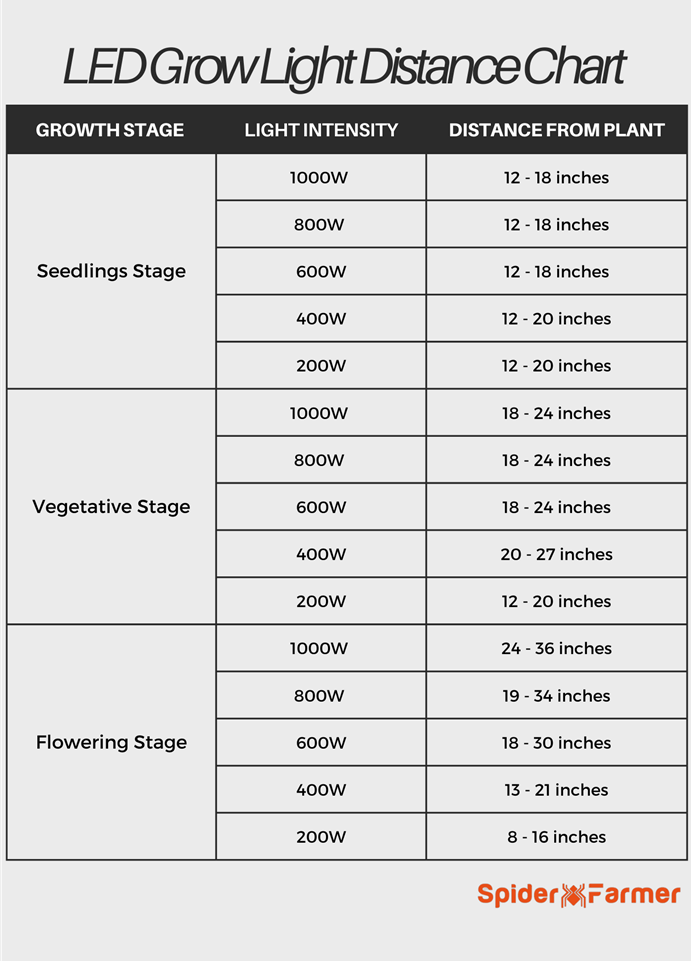
LED Grow Light Distance Chart
 Seedling Stage
Seedling Stage
During the seedling stage, when the plants are young and delicate, LED grow lights should be placed relatively close to the plants to provide sufficient light for healthy growth. The light distance for seedlings can be around 12 to 18 inches above the canopy of the seedlings. This close proximity helps to promote strong stem development, prevent leggy growth, and encourage the plants to establish a sturdy foundation.
So, exactly how far should LED grow lights be from plants in seedlings? Here is some approximate data concerning LED light intensity for seedlings:
- 1000W – Up to 46 Inches
- 800W – Up to 42 Inches
- 600W – Up to 38 Inches
- 400W – Up to 27 Inches
- 200W – Up to 20 Inches
 Vegetative Stage
Vegetative Stage
As the plants transition to the vegetative stage, they require more intense light to support their rapid growth and development. Therefore, the distance between LED grow lights and plants may need to be adjusted to a slightly higher range, typically around 18 to 24 inches above the canopy. This allows the plants to receive ample light energy for vigorous vegetative growth, including leaf development and branching.
Here is some approximate data available for reference:
- 1000W – Between 36 and 46 Inches
- 800W – Between 32 and 42 Inches
- 600W – Between 30 and 38 Inches
- 400W – Between 20 and 27 Inches
- 200W – Between 12 and 20 Inches
 Flowering Stage
Flowering Stage
During the flowering stage, plants require the highest light intensity to support the formation of flowers or fruits. LED grow lights should be positioned closer to the plants to ensure sufficient light penetration into the canopy and promote optimal flowering plants. A distance of 24 to 36 inches above the canopy may be appropriate for LED lights with higher wattage and intensity during the flowering stage, depending on the specific needs of the plant species being grown.
Here is some approximate data available for reference:
- 1000W – Between 21 and 36 Inches
- 800W – Between 19 and 34 Inches
- 600W – Between 18 and 30 Inches
- 400W – Between 13 and 21 Inches
- 200W – Between 8 and 16 Inches
It’s important to note that these are general guidelines and the optimal distance between LED grow lights and plants may need to be adjusted based on factors such as the wattage and intensity of the LED lights, the specific needs of the plant species, and the reflectivity of the grow room. Regular monitoring of the plants for any signs of stress or damage from the LED lights, such as leaf burn or bleaching, can help determine if the distance needs to be modified for optimal growth and yield.
Tips for Proper Placement of LED Grow Lights

Proper placement of LED grow lights is crucial for the successful cultivation of plants indoors. Here are some tips for determining the perfect distance between LED grow lights and plants:
- Follow the manufacturer’s recommendations: LED grow lights often follow manufacturer’s guidelines regarding the recommended distance between the lights and plants. These guidelines are based on the wattage, intensity, and spectral output of the LED grow lights, as well as the specific needs of the plant species being grown. It’s essential to carefully read and follow these recommendations for the best results.
- Consider the growth stage of the plants: Different stages of plant growth require different light intensities. As mentioned earlier, seedlings, vegetative stage, and flowering stage may have varying light requirements. Adjust the distance between the LED grow lights and plants accordingly to ensure that the plants receive the optimal amount of light for their specific growth stage.
- Monitor for signs of stress or damage: Regularly observe the plants for any signs of stress or damage from the LED lights, such as leaf burn, bleaching, or stunted growth. If you notice any negative effects, it may indicate that the lights are too close to the plants, and the distance should be increased. On the other hand, if the plants are stretching towards the lights or showing signs of insufficient light, it may indicate that the lights are too far away, and the light distance should be decreased.
- Consider the wattage and intensity of the LED lights: Higher wattage and intensity LED grow lights may require greater light distance from the plants to avoid light burn or heat stress. Lower wattage and intensity LED lights may be placed closer to the plants. Always refer to the manufacturer’s recommendations for the specific LED lights being used.
- Take into account the reflectivity of the grow space: The reflectivity of the walls, ceiling, and floor of the grow space can affect the amount of light that reaches the plants. If the walls and other surfaces are highly reflective, the plants may receive more light, and the lights may need to be placed slightly higher. If the walls and surfaces are less reflective, the plants may receive less light, and the lights may need to be placed slightly lower.
- Adjust as plants grow: As the plants grow and their canopy density increases, the distance between the LED grow lights and plants may need to be adjusted to ensure that all parts of the plants receive sufficient light. Regularly monitor the growth of the plants and make necessary adjustments to maintain the optimal light distance between the lights and the canopy.
In conclusion, correct LED light placement is essential for the successful growth of indoor plants. Following the manufacturer’s recommendations, considering the plants’ growth stage, monitoring for signs of stress or damage, taking into account the wattage and intensity of the lights, considering the reflectivity of the grow space, and adjusting as plants grow are all important factors to consider when determining the optimal distance between LED grow lights and plants for optimal growth and yield.
Final Thoughts
In conclusion, the optimal distance between LED grow lights and plants is a crucial factor that significantly impacts the success of indoor gardening. It varies depending on factors such as the growth stage of the plants, wattage and intensity of the LED grow lights, reflectivity of the grow space, and manufacturer's recommendations. Finding the right balance between providing sufficient light for healthy plant growth and avoiding light burn or heat stress is key. Regular monitoring of the plants for signs of stress or damage, and making necessary adjustments as the plants grow, can help ensure that the LED grow lights are positioned at the optimal distance from the plants.
Following the guidelines provided by the manufacturer, considering the specific needs of the plant species being grown, and being mindful of factors such as wattage, intensity, reflectivity, and plant growth stage are essential for achieving successful indoor gardening results with LED grow lights.



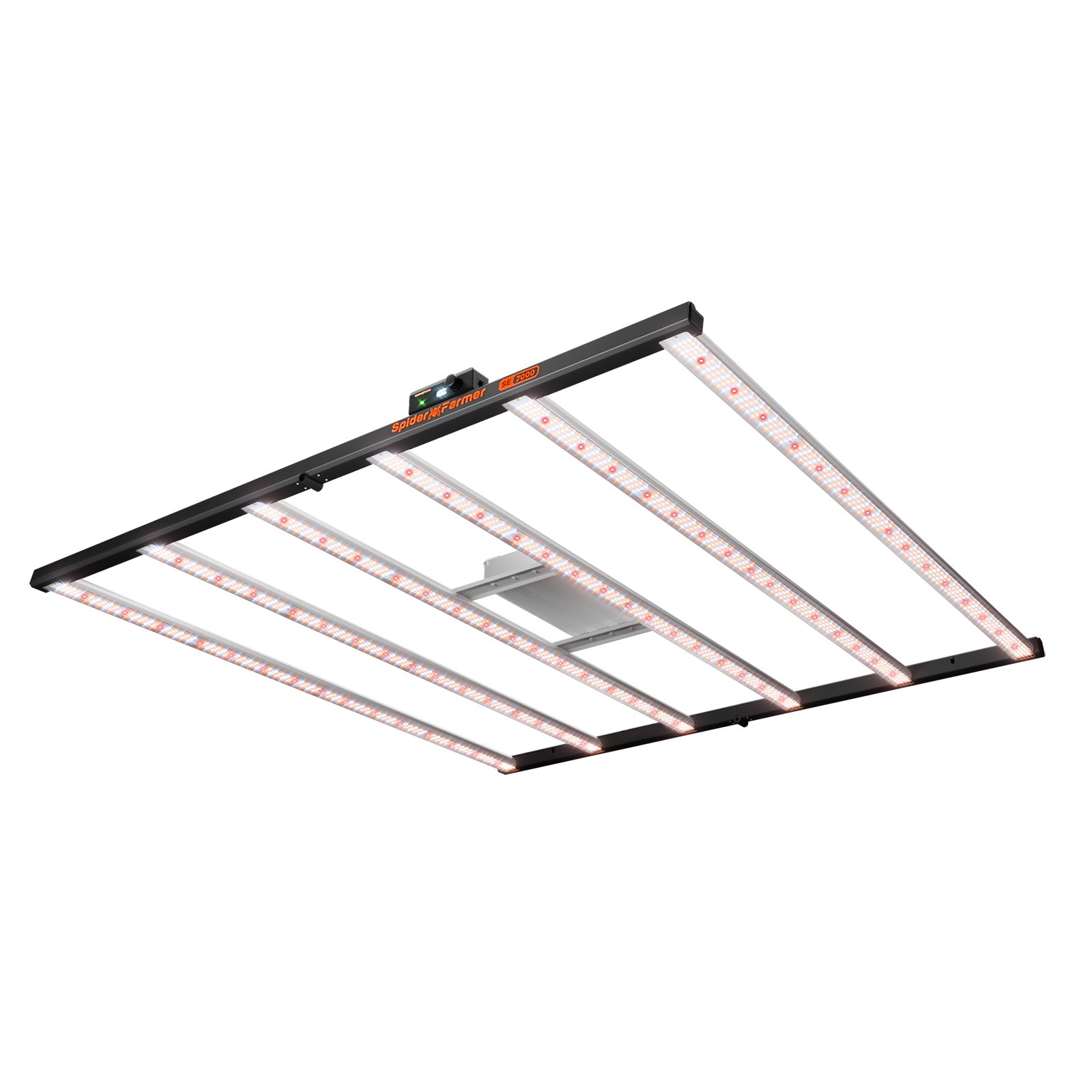

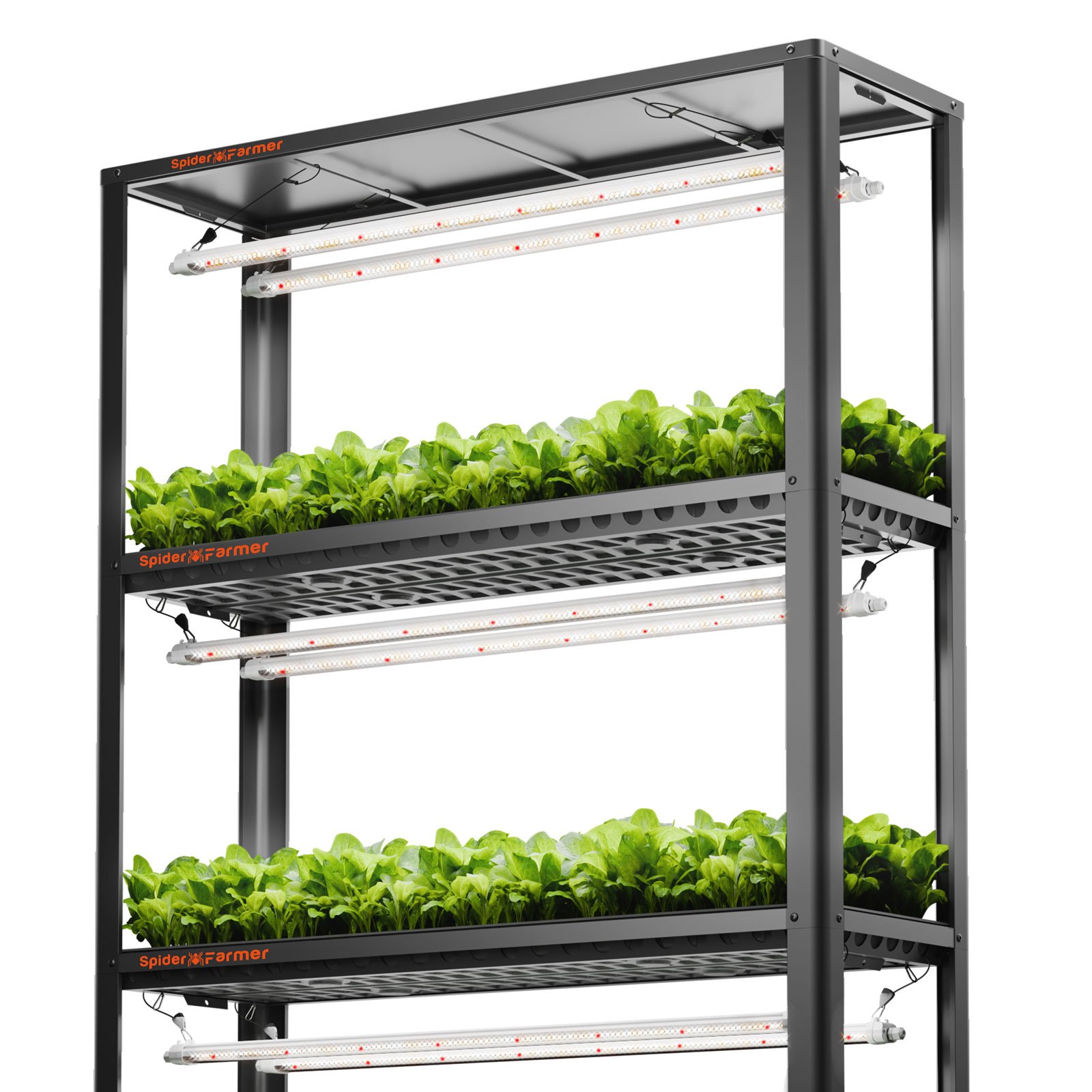
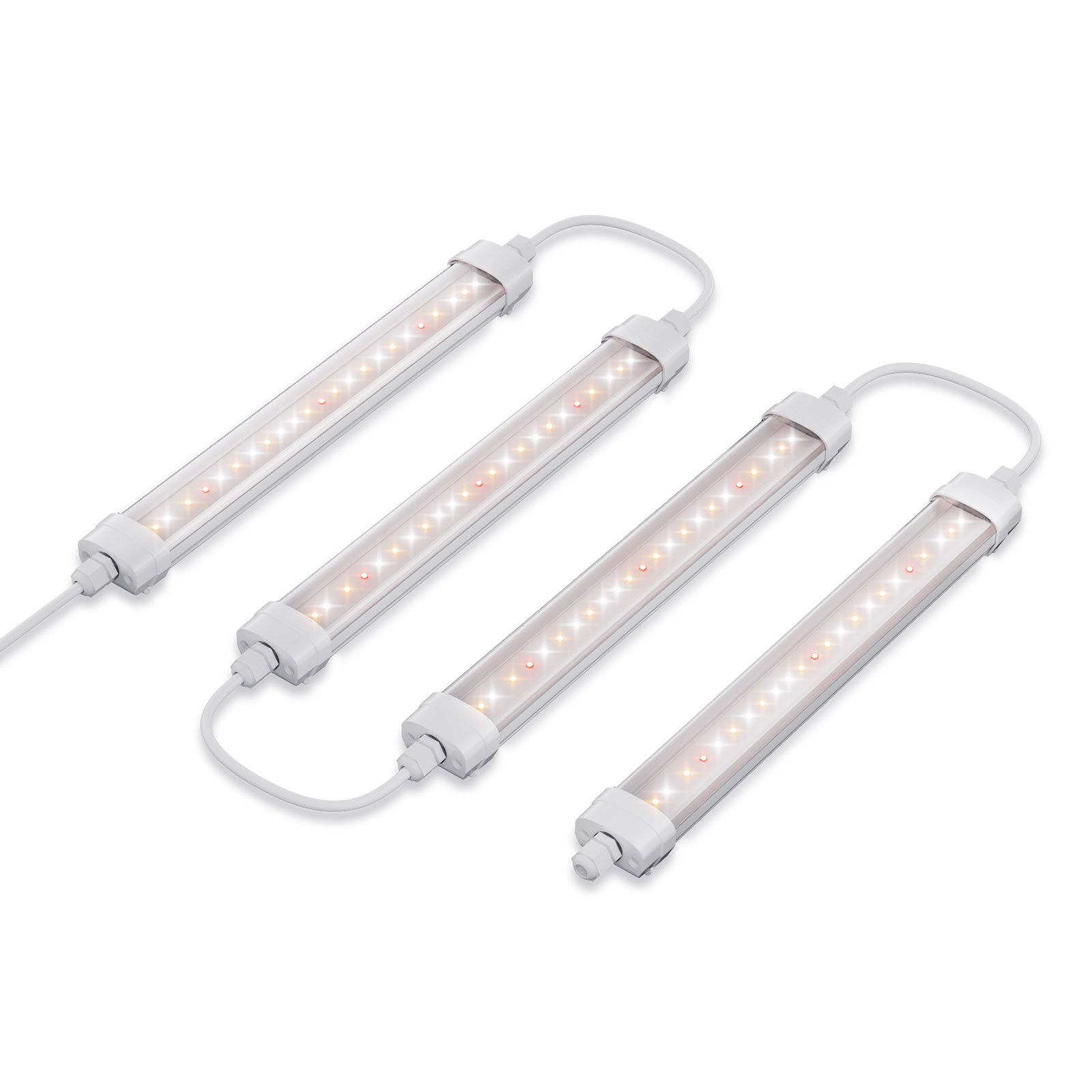
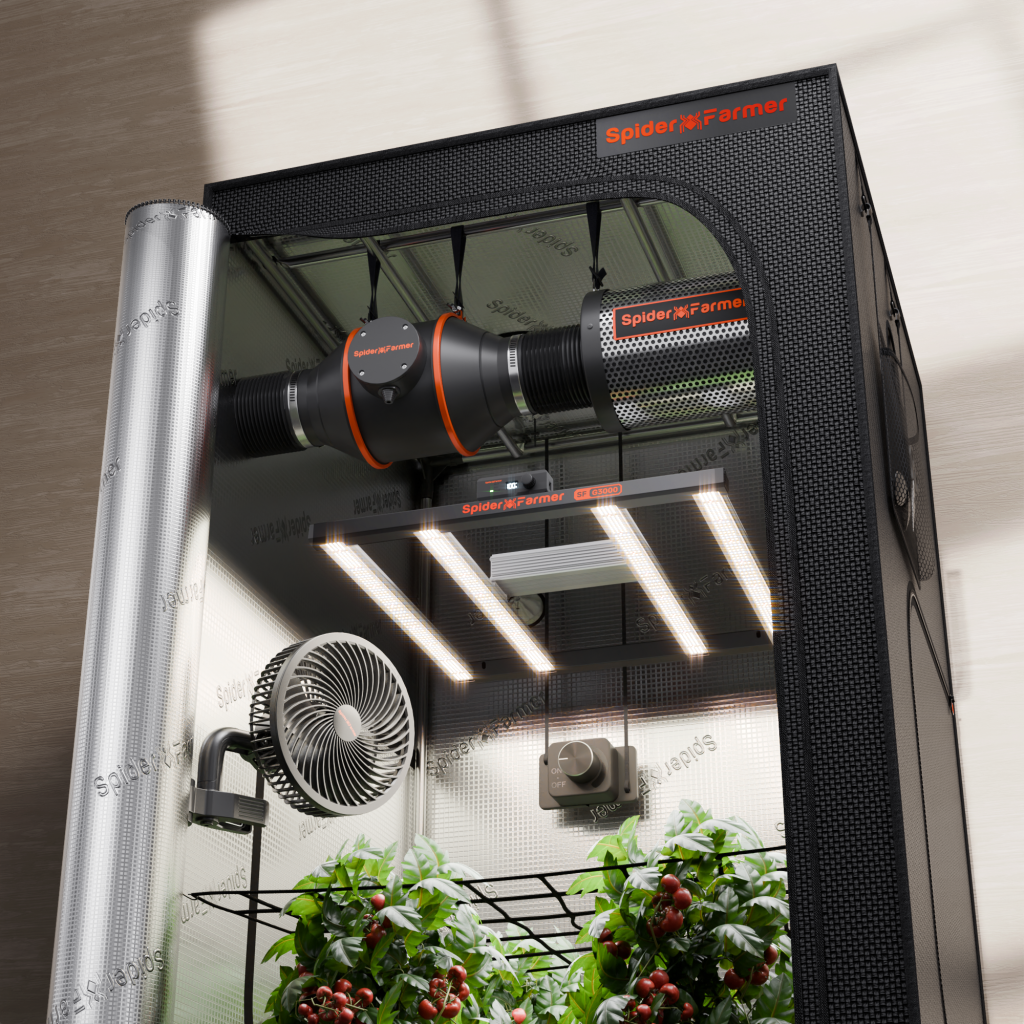
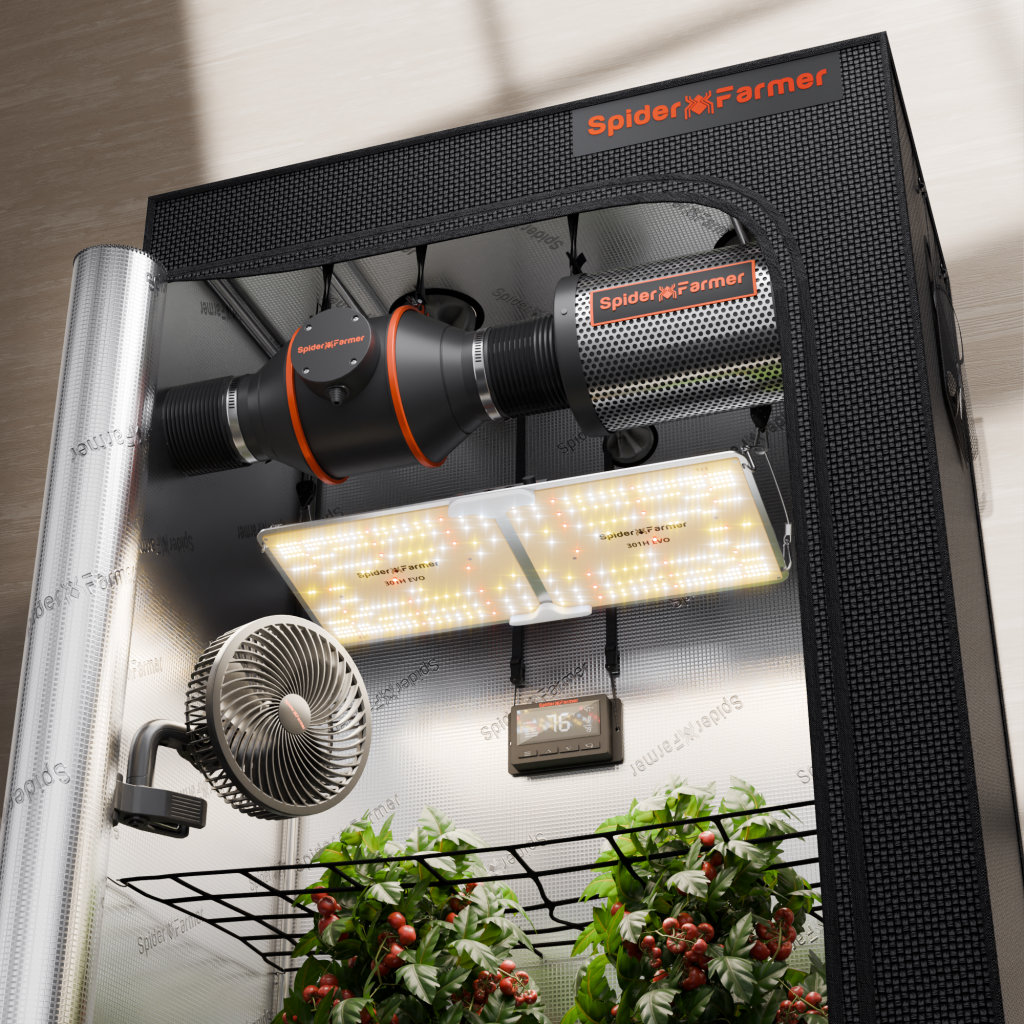
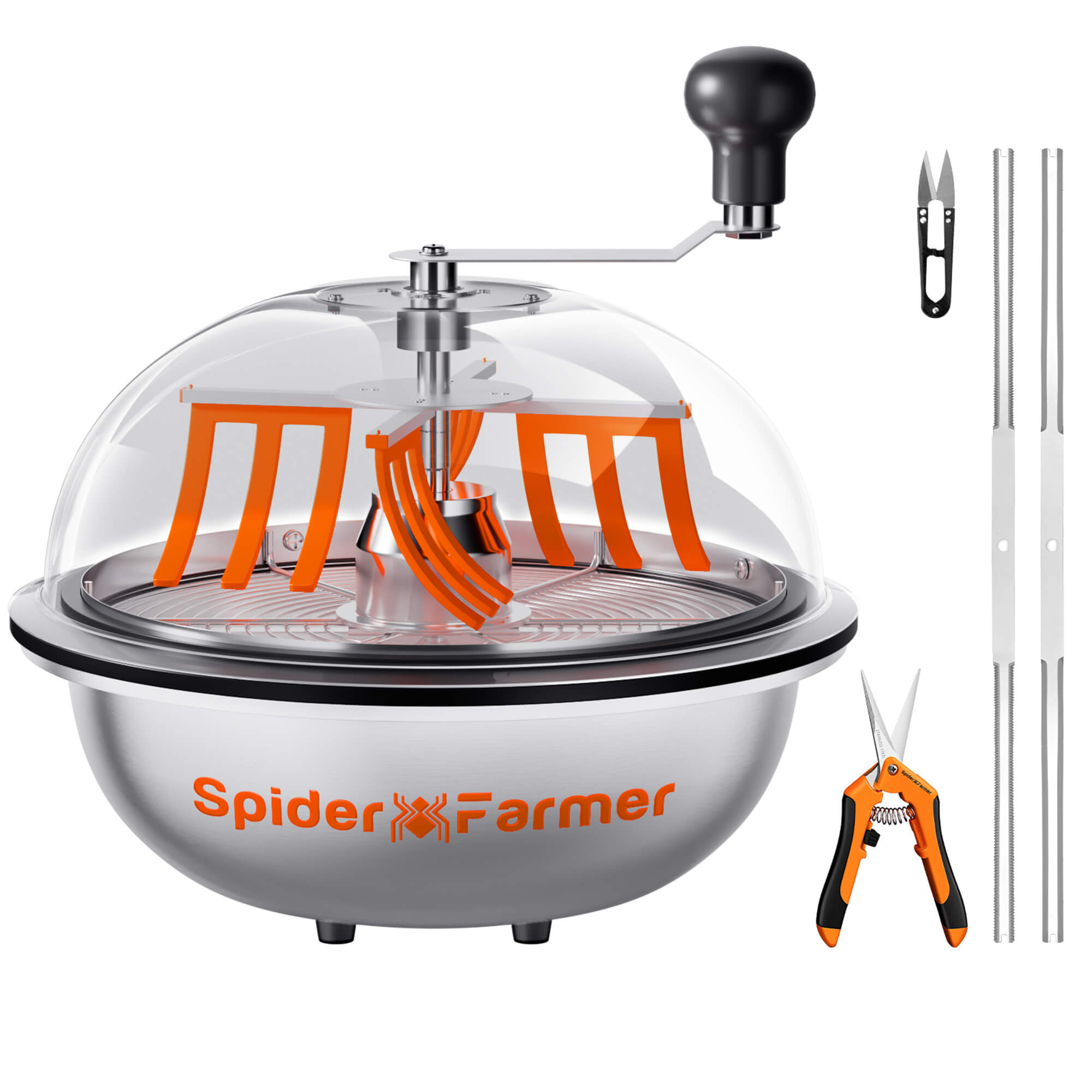
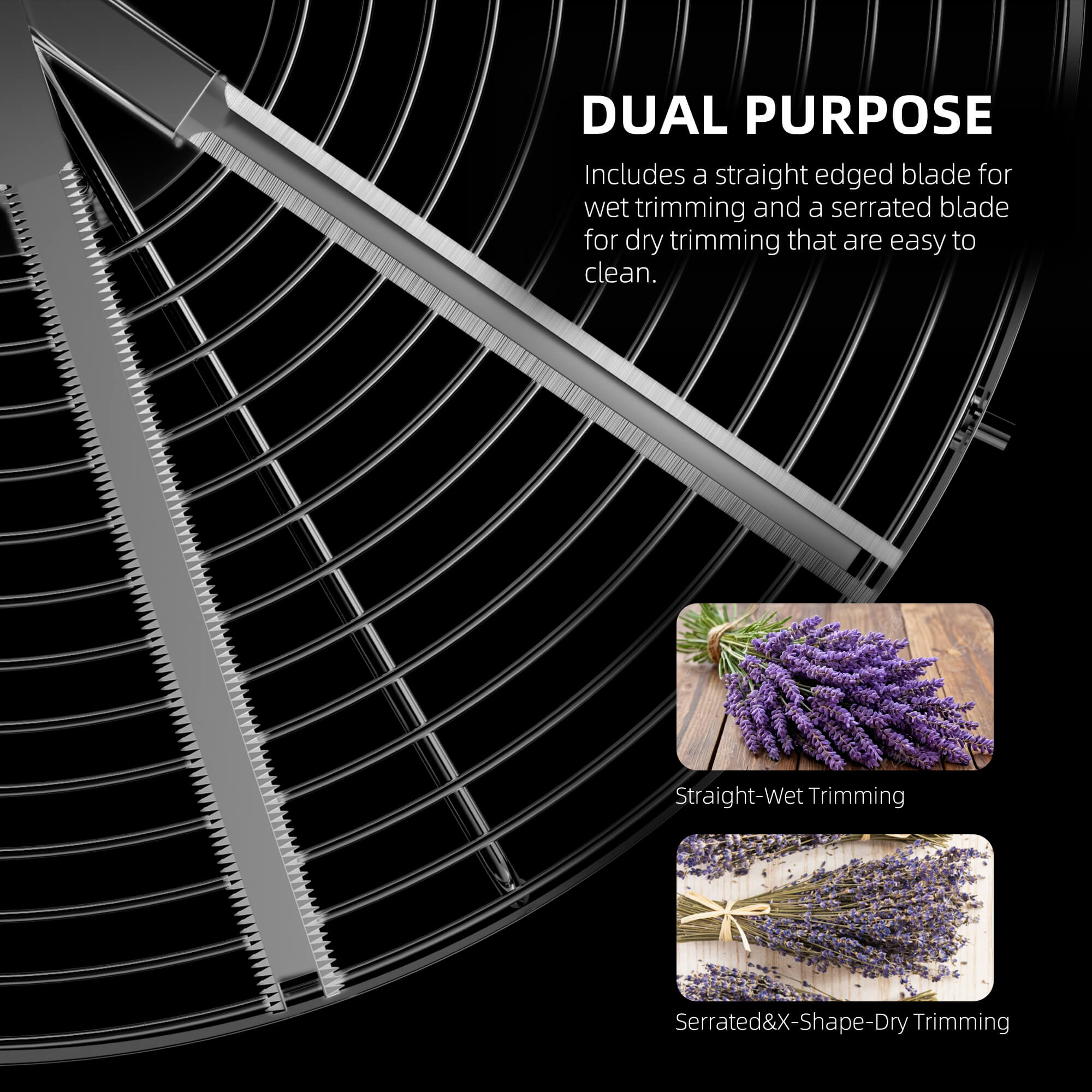

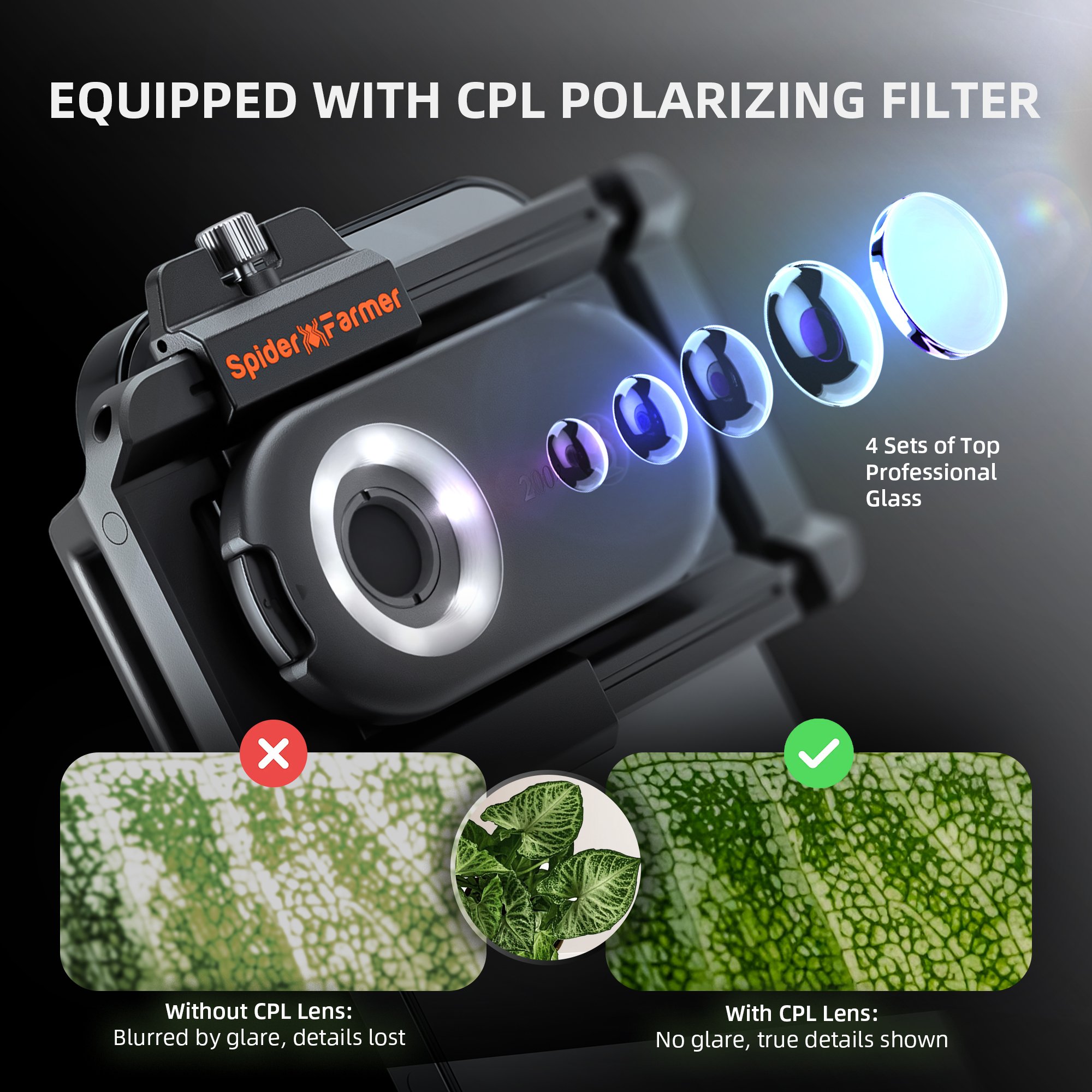

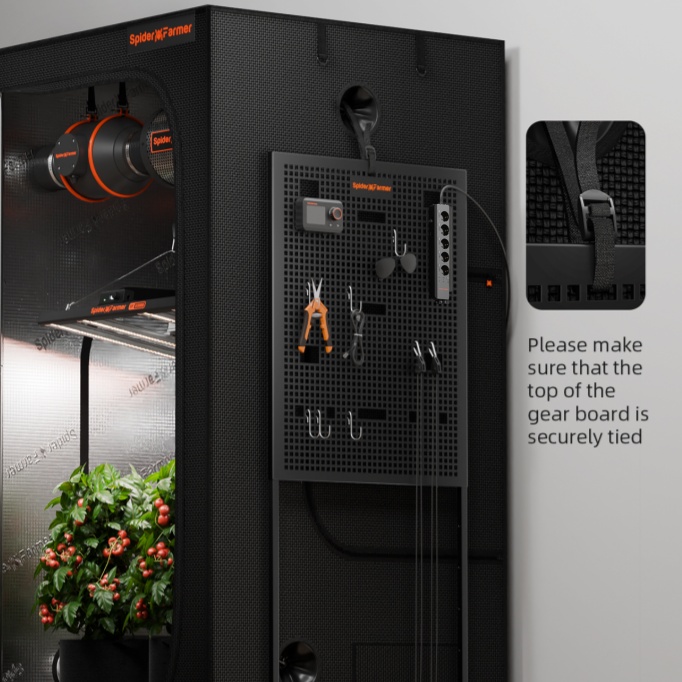
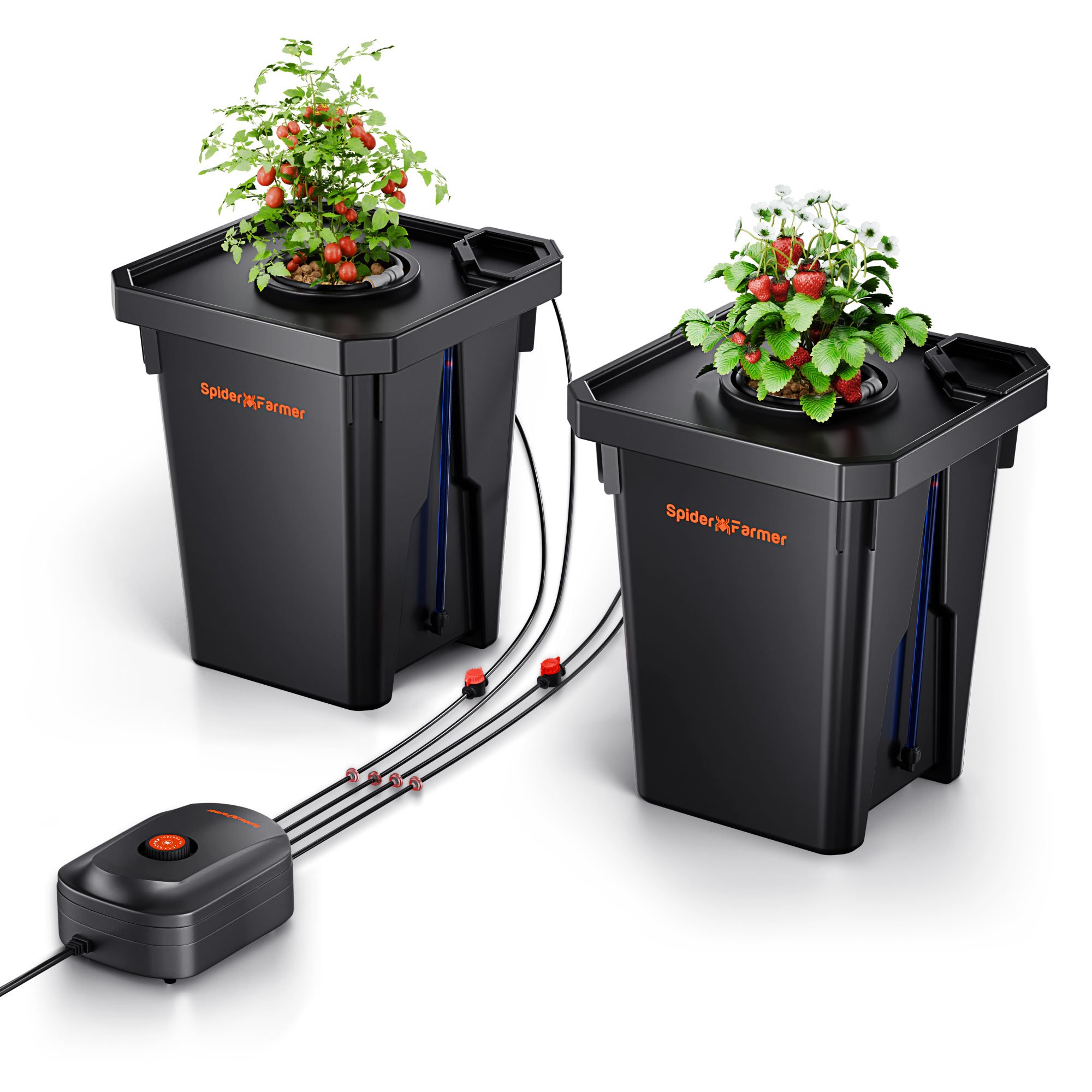
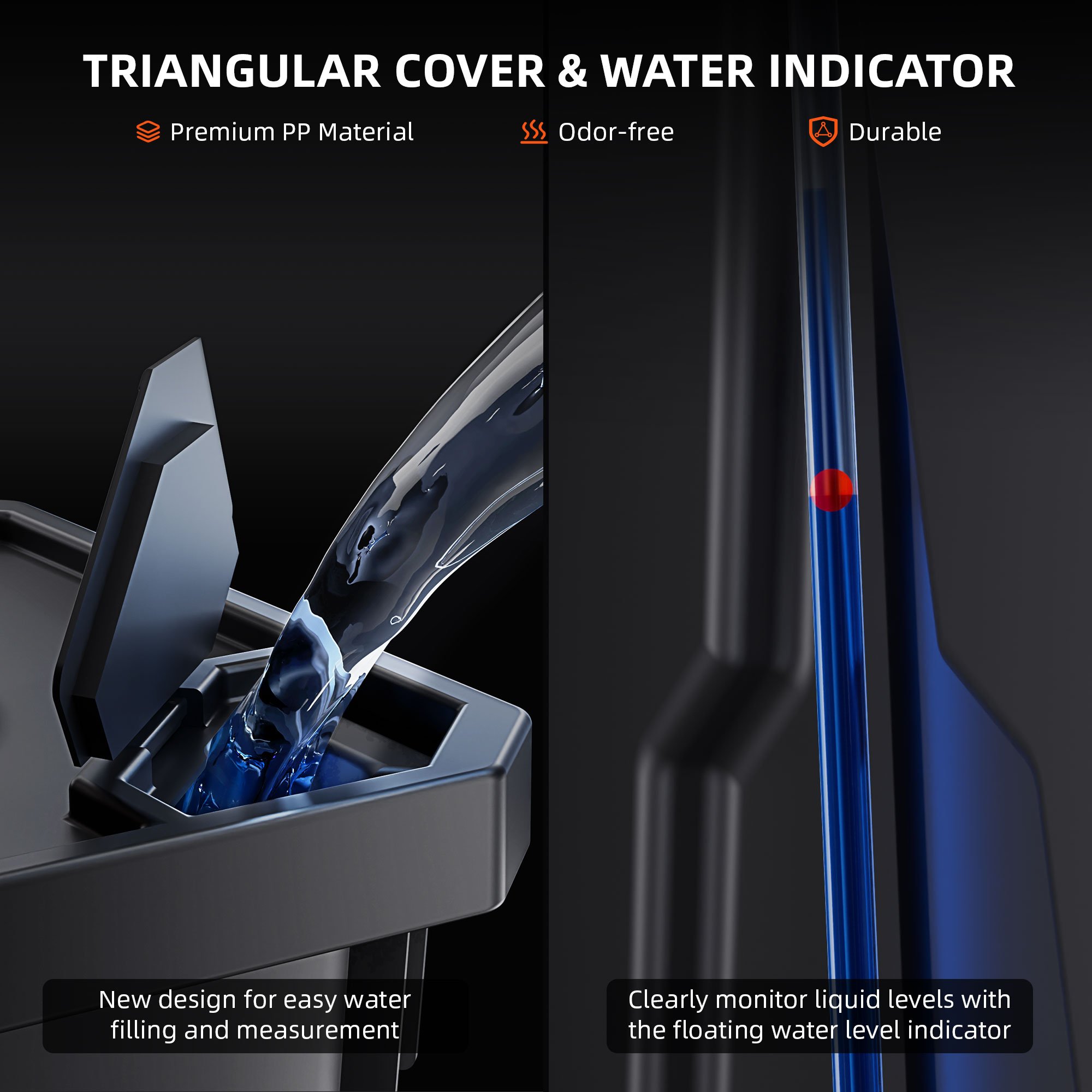
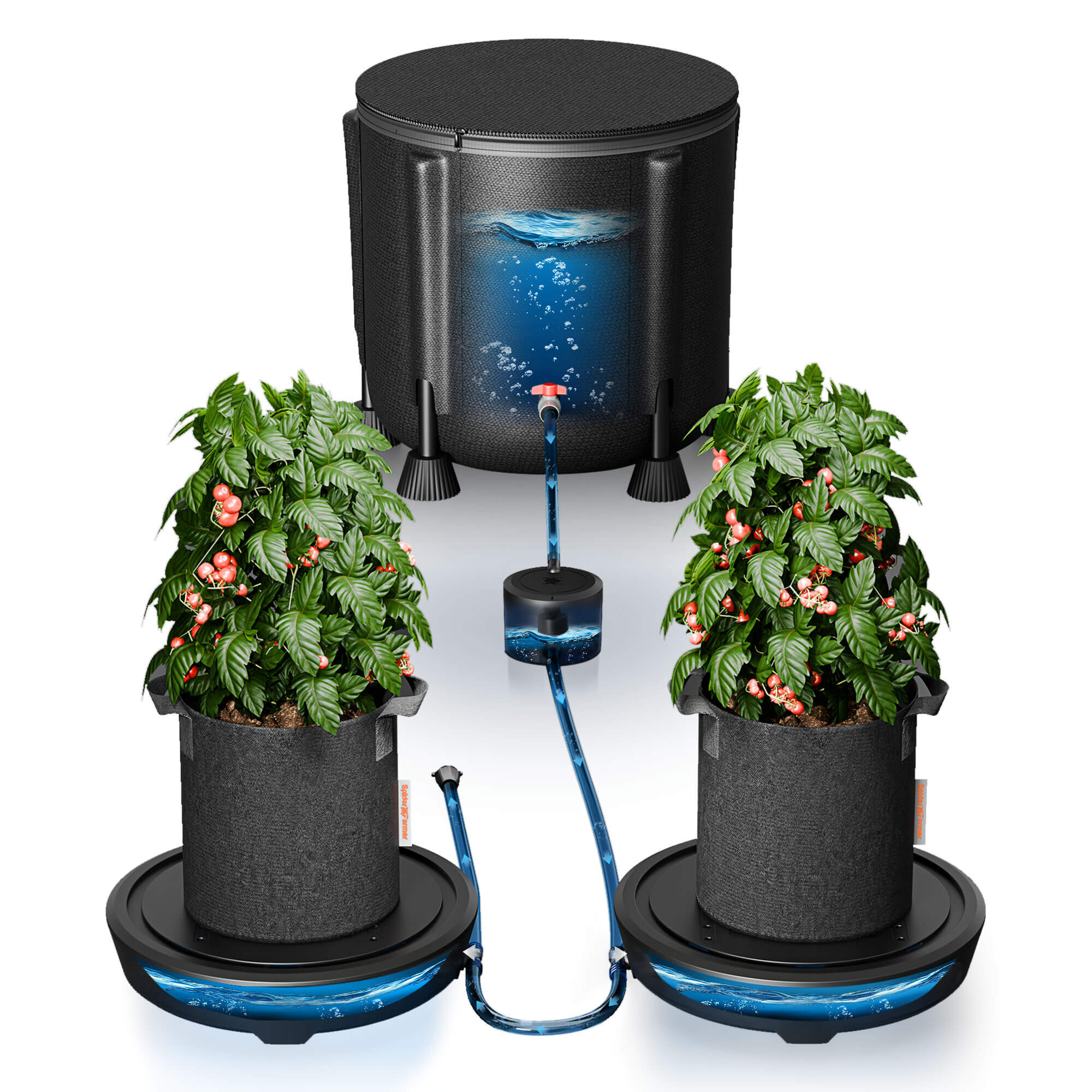
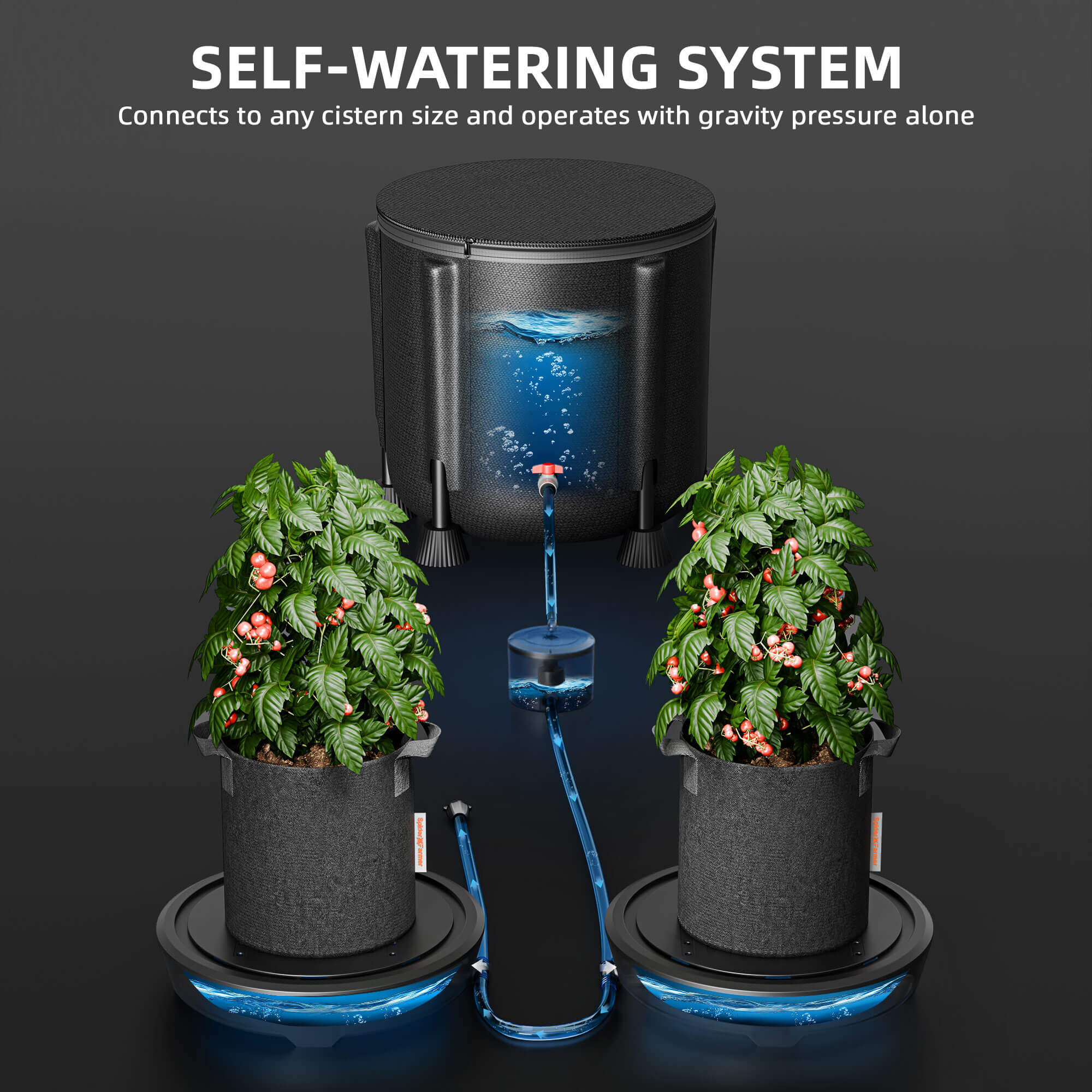

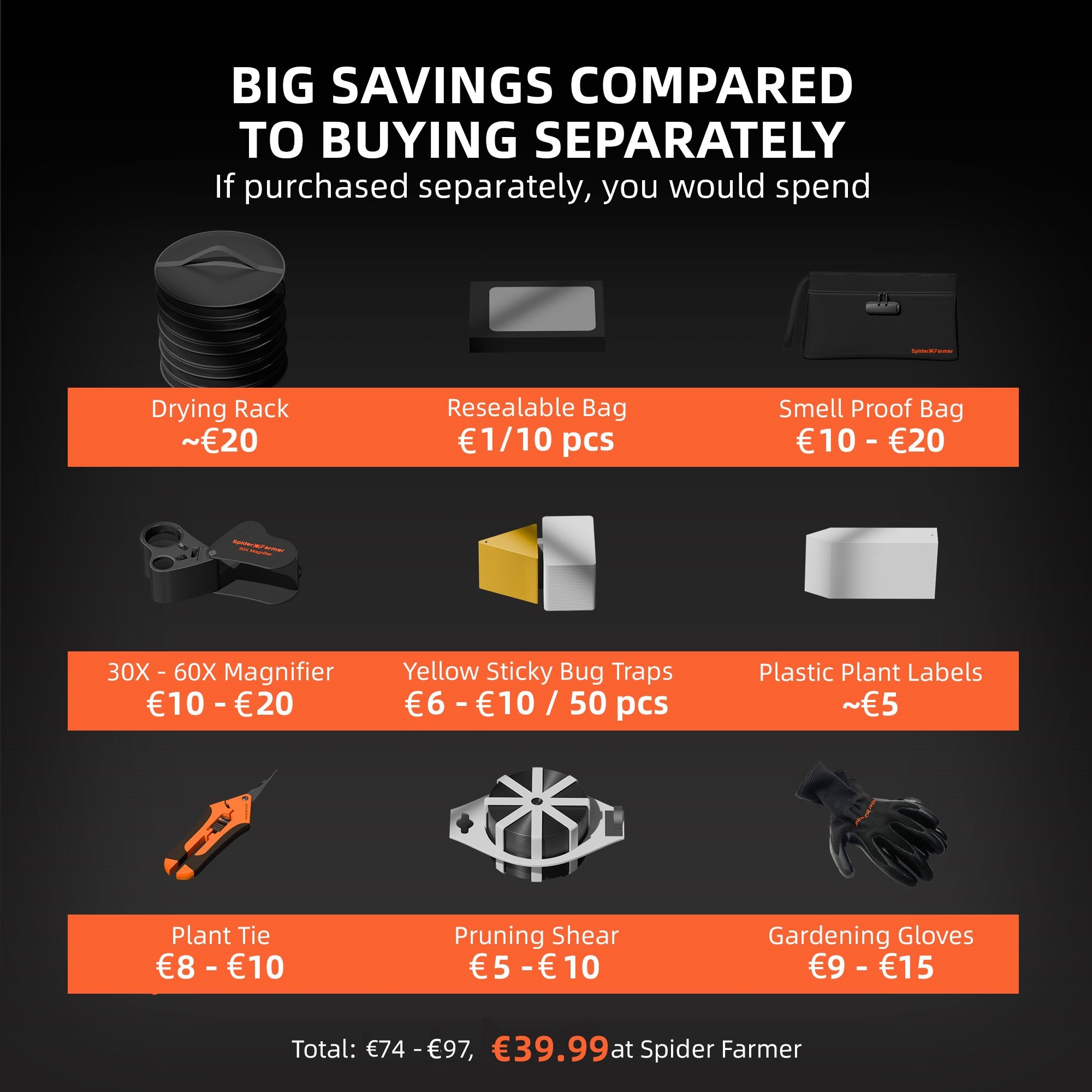
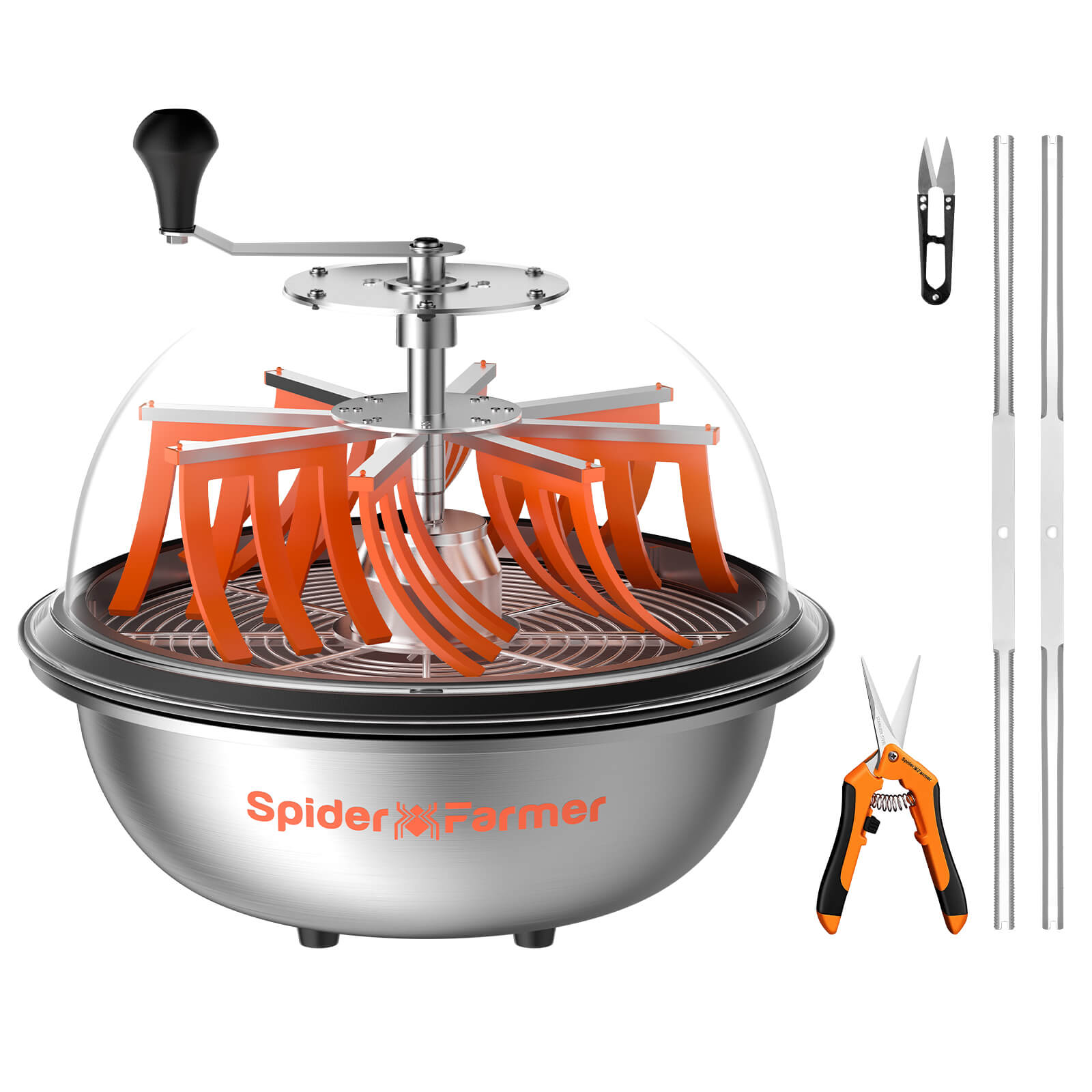


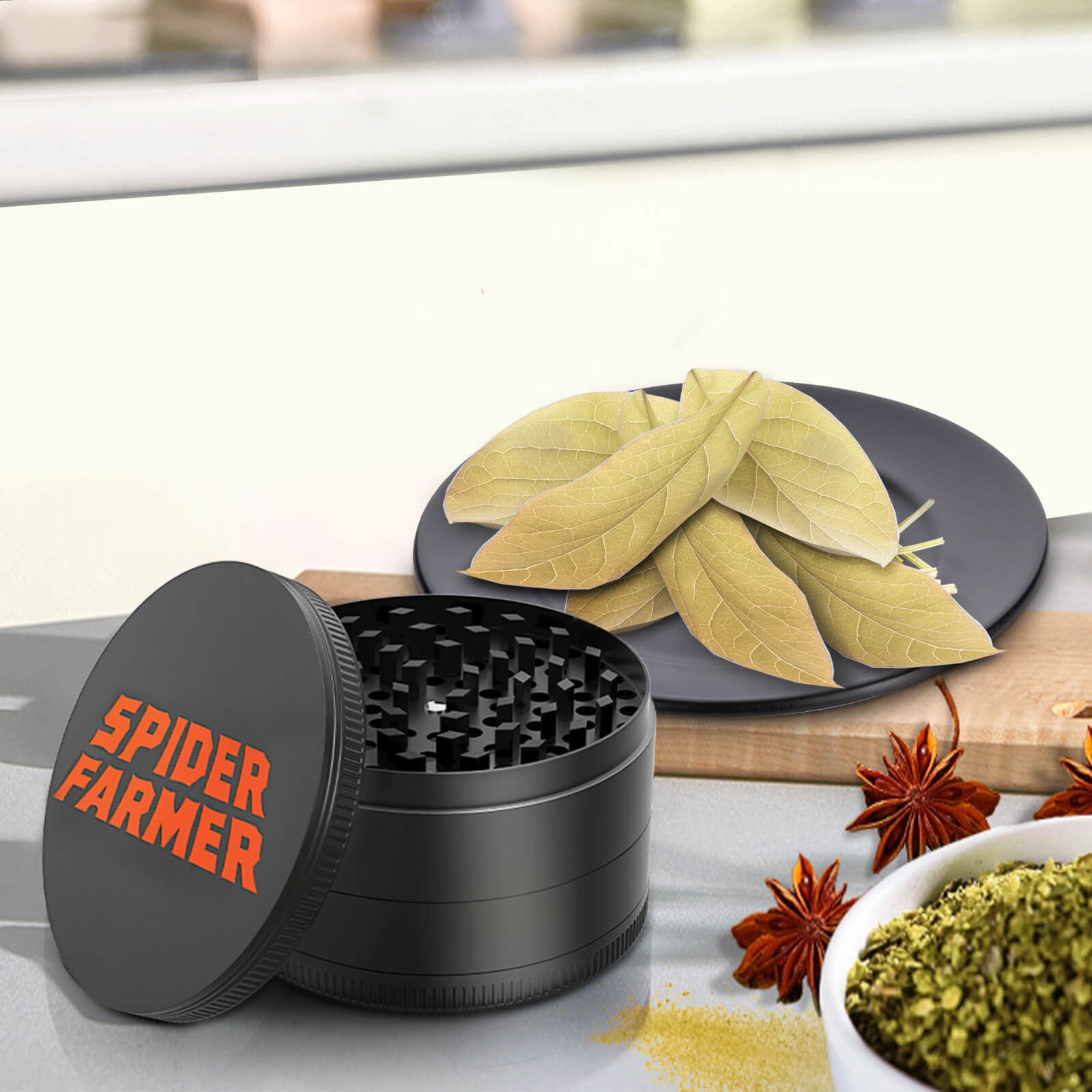

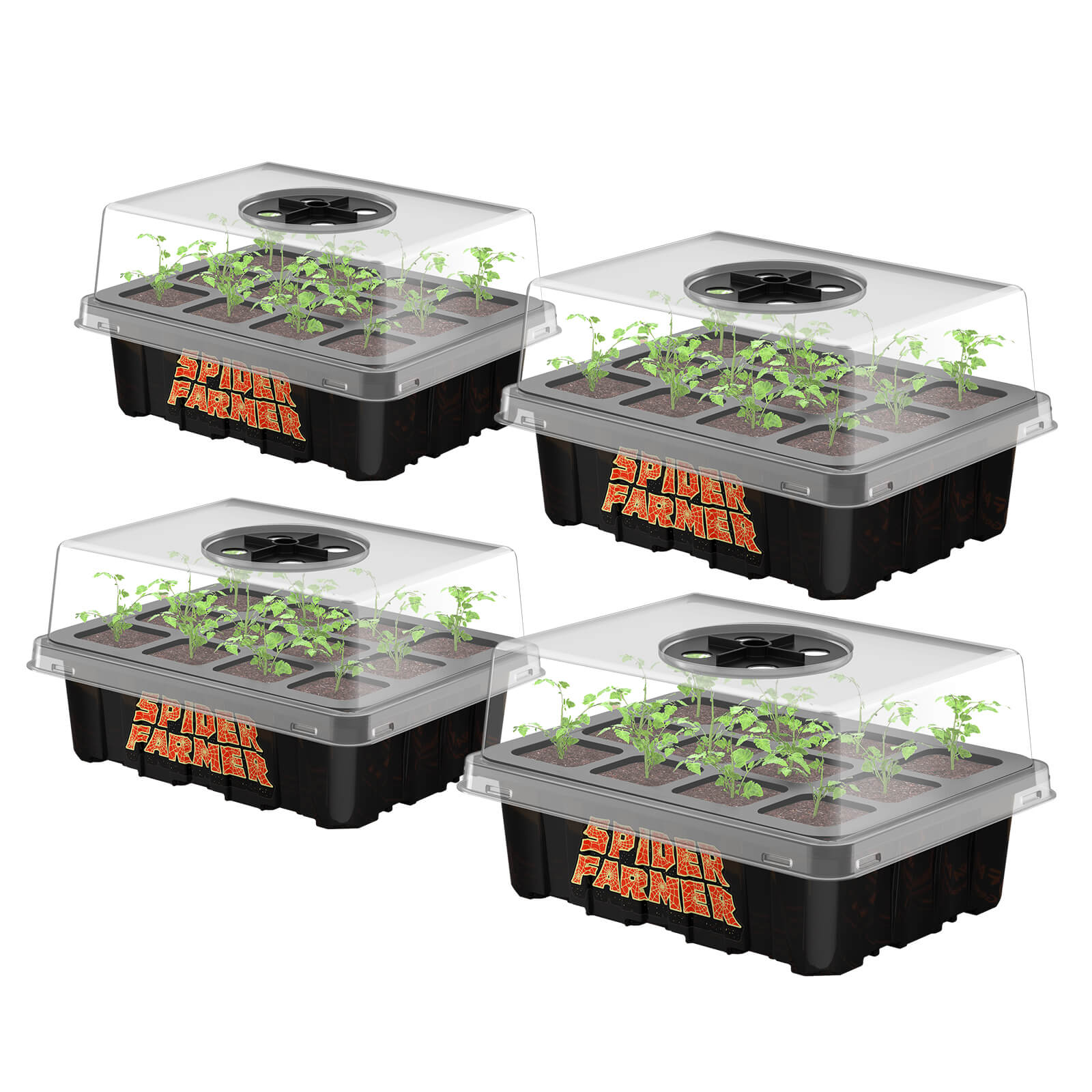
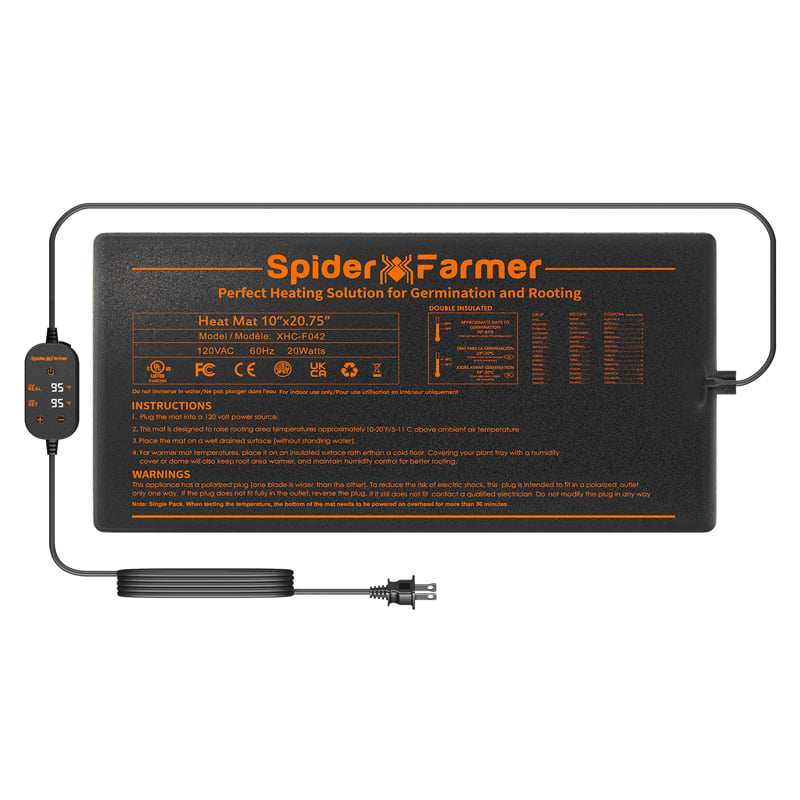
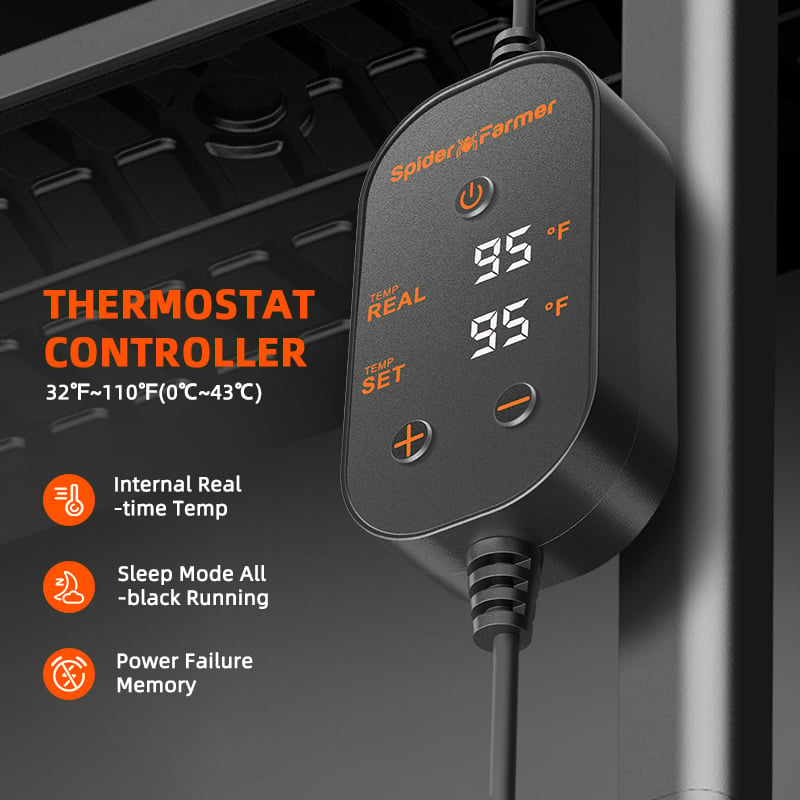
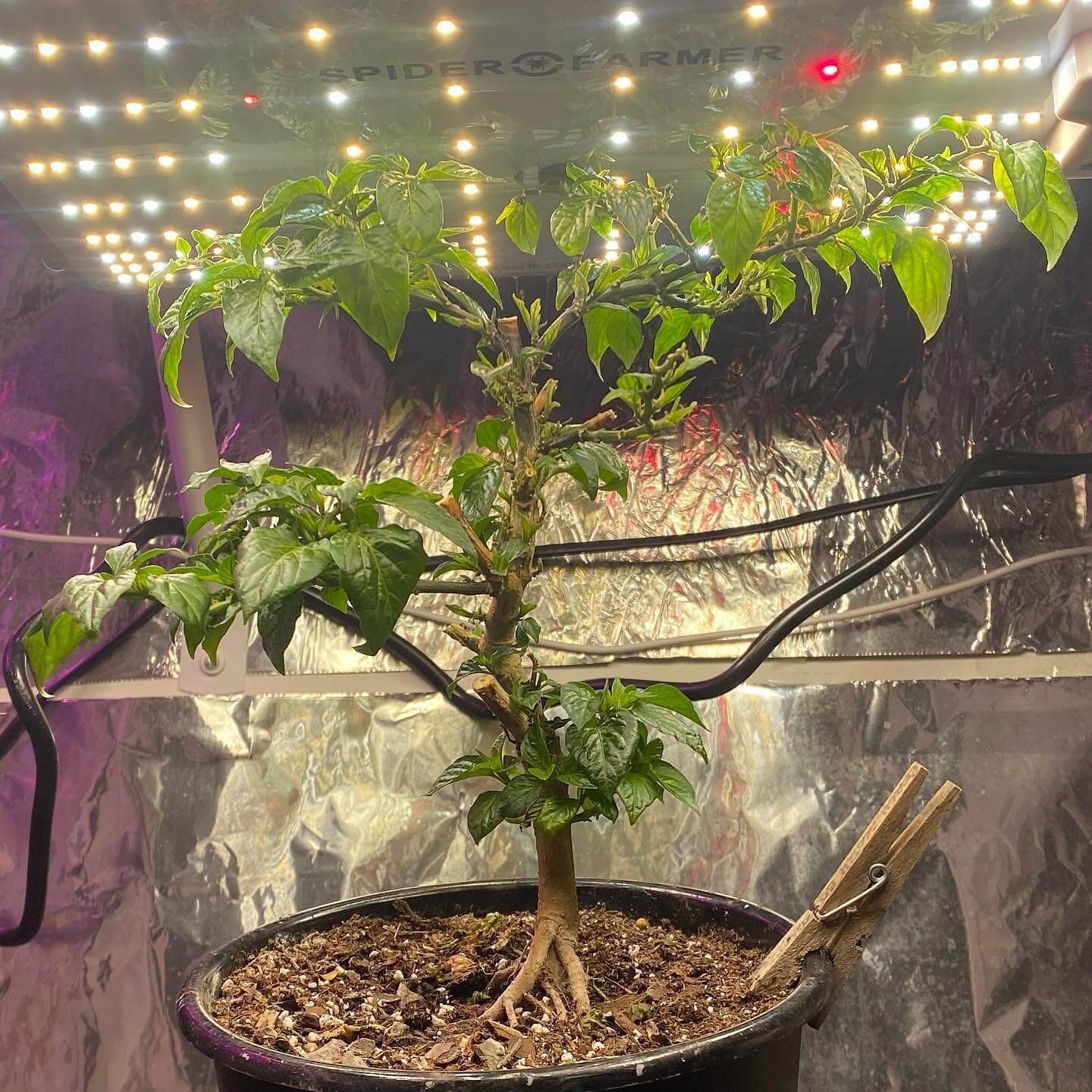

I Bought a 3 x 3 grow tent spider Foman it has a SFG 3000 light and I would like to have a chart on distance and percent of light for my plant where can I find that or can you send me something? Thanks
Sure. Kindly check this post: https://www.spider-farmer.com/blog/how-far-should-i-hang-grow-light-from-plants/